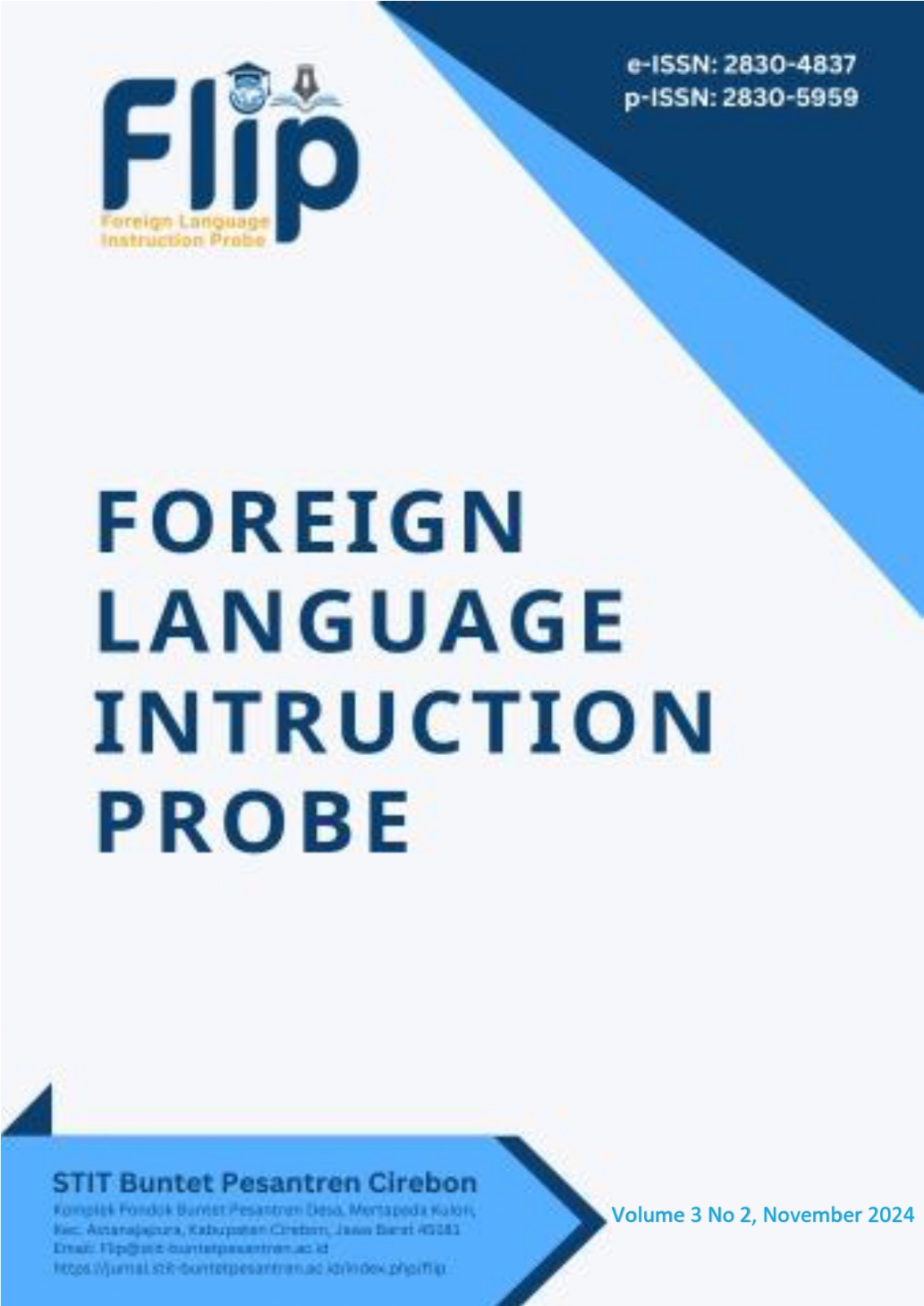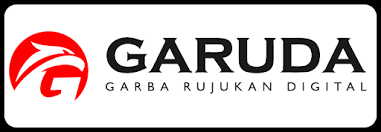Elevating Service Quality through English Training: A Case Study of Pagaralam's Hotel and Resort Staff
Keywords:
Training, hospitality & tourism industry, English language improvementAbstract
This study aims to evaluate the effectiveness of the English language training program applied to hotel and resort staff in Pagaralam, South Sumatra. English language proficiency is critical in the hospitality and tourism industry, allowing Staff to provide high-quality services to international guests. This study uses a qualitative case study approach. Data were collected through questionnaires, in-depth interviews, and observations of 50 staff participating in the three-month training program. The results showed a significant improvement in the English language skills of Staff after participating in the training program, with the average score increasing by 30%. Interactive learning methods and the use of language learning apps have proven to be effective in improving English language skills. While there are limited time constraints for Staff to participate in training, using technology helps to overcome this problem. Staff with better English skills can communicate more effectively with international guests, which positively impacts guest satisfaction and the hotel's reputation. This study concludes that structured and relevant English language training programs are very effective in improving the English language skills of hotel and resort staff in Pagaralam. Management support and investment in continuous training are essential to maintain and enhance employee competencies. This finding has significant implications for developing human resources and the attractiveness of tourist destinations in Pagaralam. Practical recommendations include increased flexibility of training schedules and collaboration with educational institutions for more comprehensive training programs.
Downloads
Published
Issue
Section
License
CopyrightNotice
Authors who publish in this journal agree to the following terms:
In order to assure the highest standards for published articles, a peer review policy is applied. In pursuit of the compliance with academic standards, all parties involved in the publishing process (the authors, the editors, the editorial board, and the reviewers) agree to meet the responsibilities stated below in accordance with the journal publication ethics and malpractice statement.
Duties of Authors:
- The author(s) warrant that the submitted article is an original work, which has not been previously published, and that they have obtained an agreement from any co-author(s) prior to the manuscript’s submission;
- The author(s) should not submit articles describing essentially the same research to more than one journal;
- The author(s) make certain that the manuscript meets the terms of the Manuscript Submission Guideline regarding appropriate academic citation and that no copyright infringement occurs;
- The author(s) should inform the editors about any conflicts of interest and report any errors they subsequently, discover in their manuscript.
Duties of Editors and the Editorial Board:
- The editors, together with the editorial board, are responsible for deciding upon the publication or rejection of the submitted manuscripts based only on their originality, significance, and relevance to the domains of the journal;
- The editors evaluate the manuscripts compliance with academic criteria, the domains of the journal and the guidelines;
- The editors must at all times respect the confidentiality of any information pertaining to the submitted manuscripts;
- The editors assign the review of each manuscript to two reviewers chosen according to their domains of expertise. The editors must take into account any conflict of interest reported by the authors and the reviewers.
- The editors must ensure that the comments and recommendations of the reviewers are sent to the author(s) in due time and that the manuscripts are returned to the editors, who take the final decision to publish them or not.
Authors are permitted and encouraged to post online a pre-publication manuscript (but not the publisher’s final formatted PDF version of the work) in institutional repositories or on their websites prior to and during the submission process, as it can lead to productive exchanges, as well as earlier and greater citation of published work (see The Effect of Open Access). Any such posting made before acceptance and publication of the work shall be updated upon publication to include a reference to the publisher-assigned DOI (Digital Object Identifier) and a link to the online abstract for the final published work in the journal.









